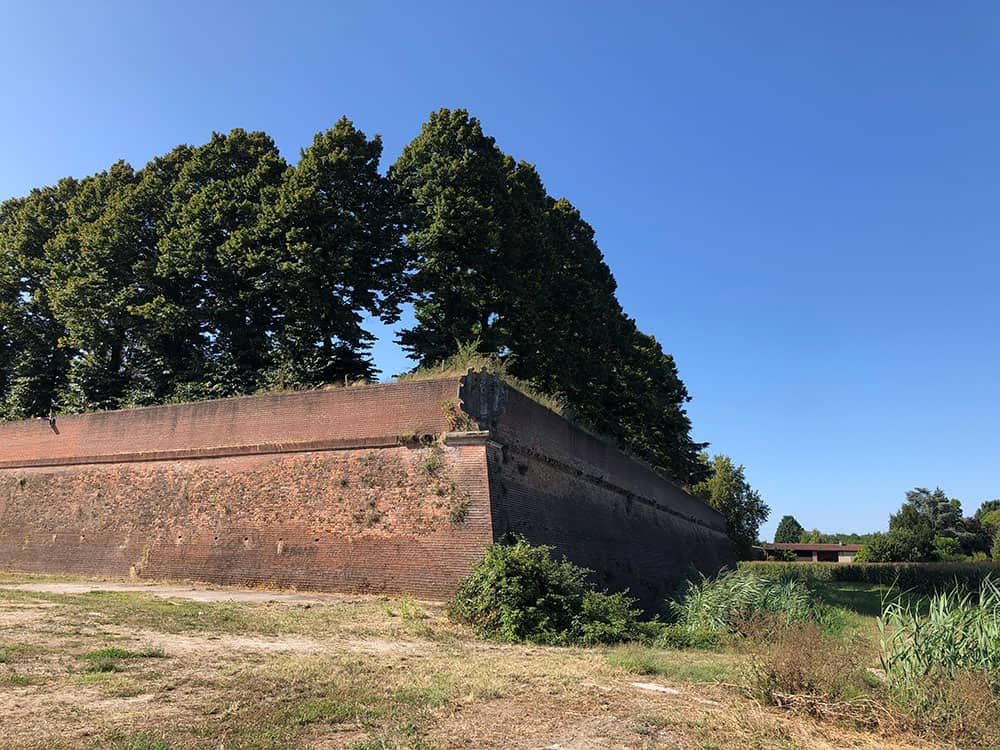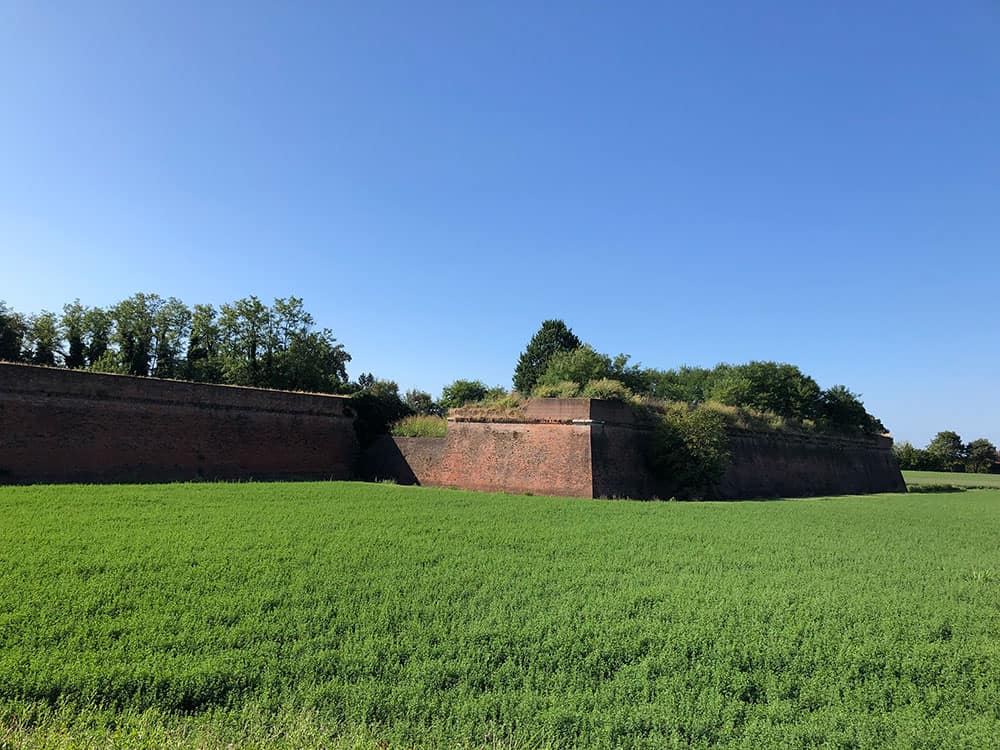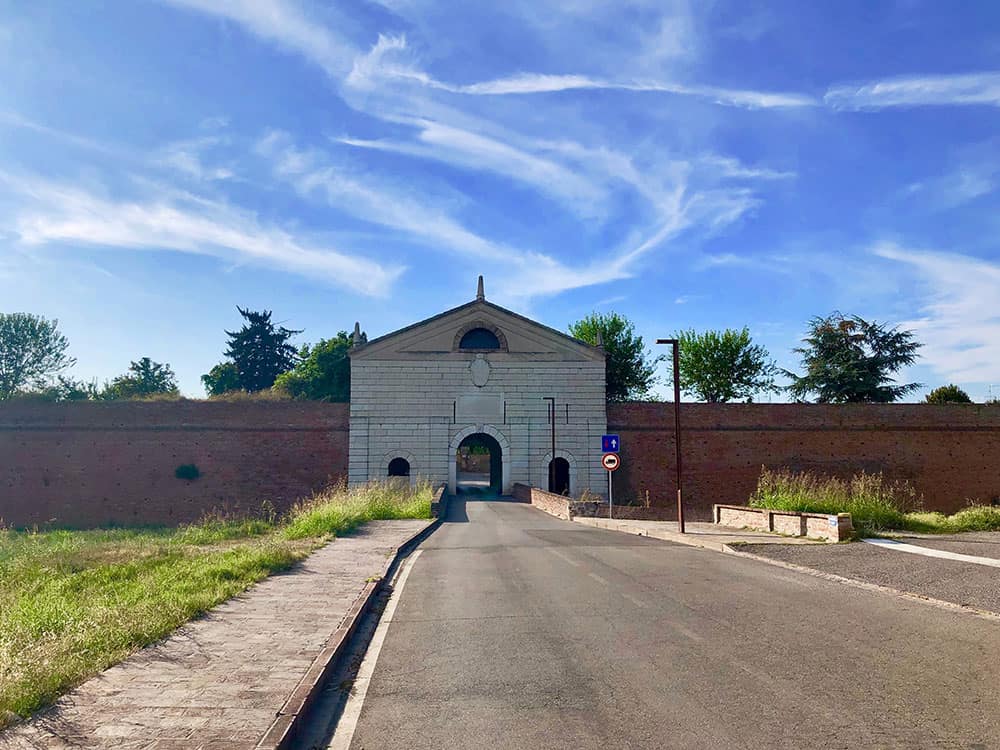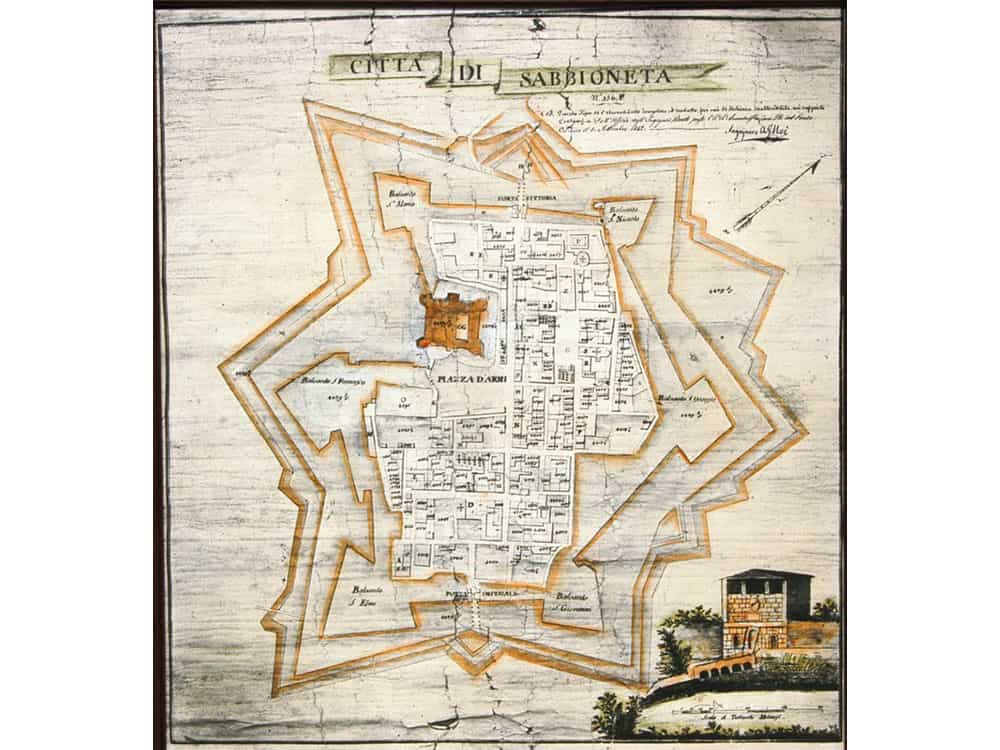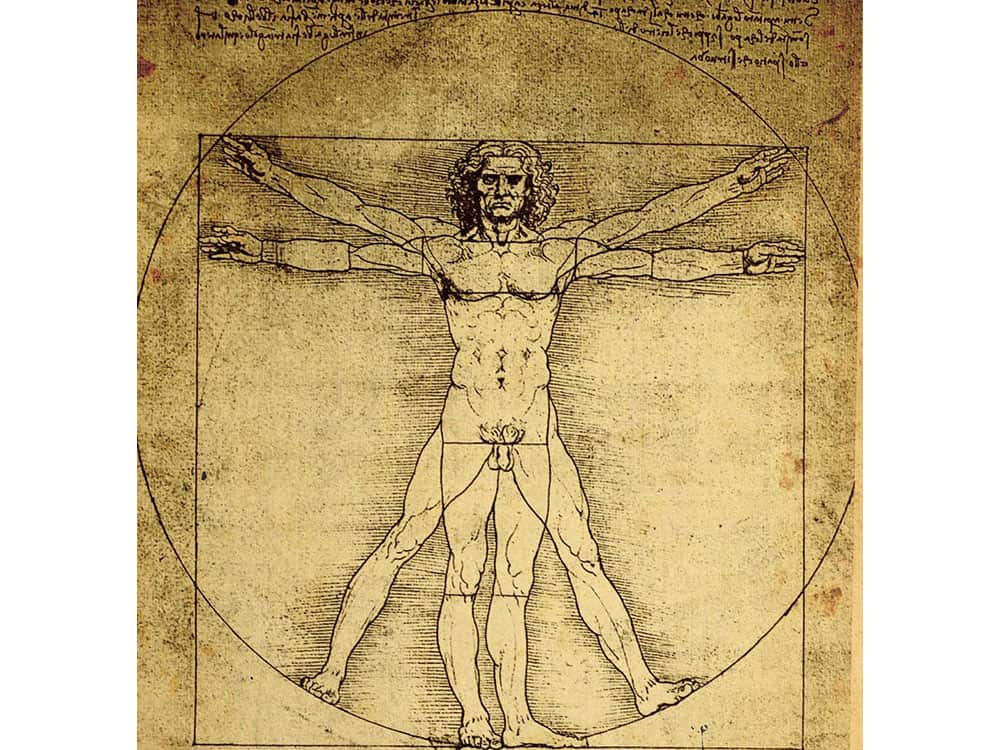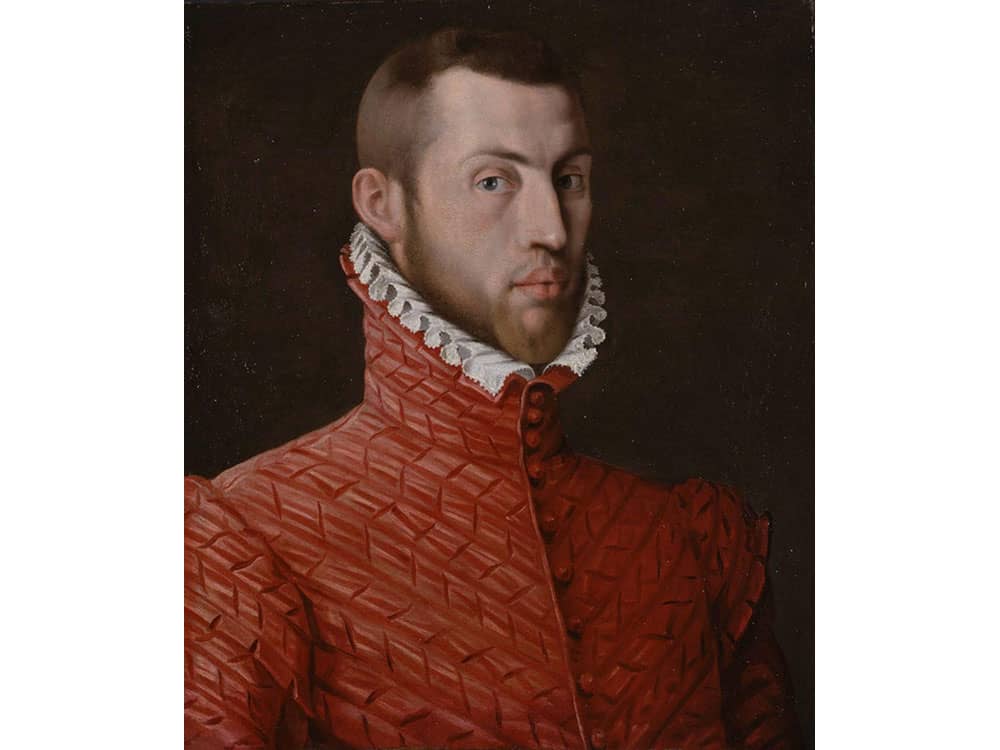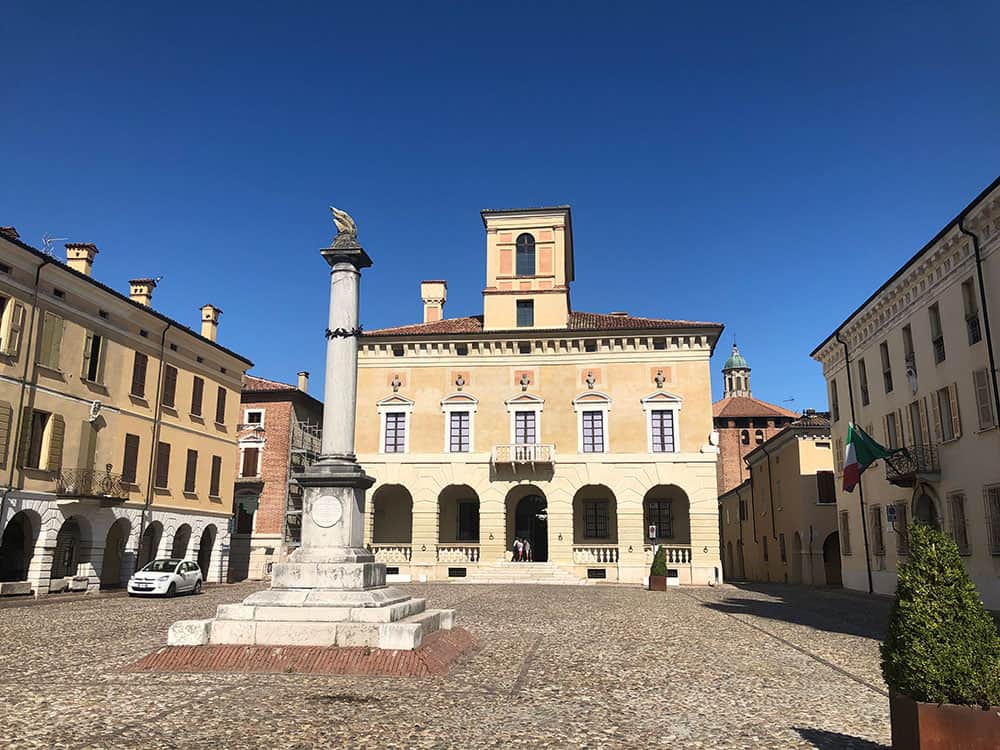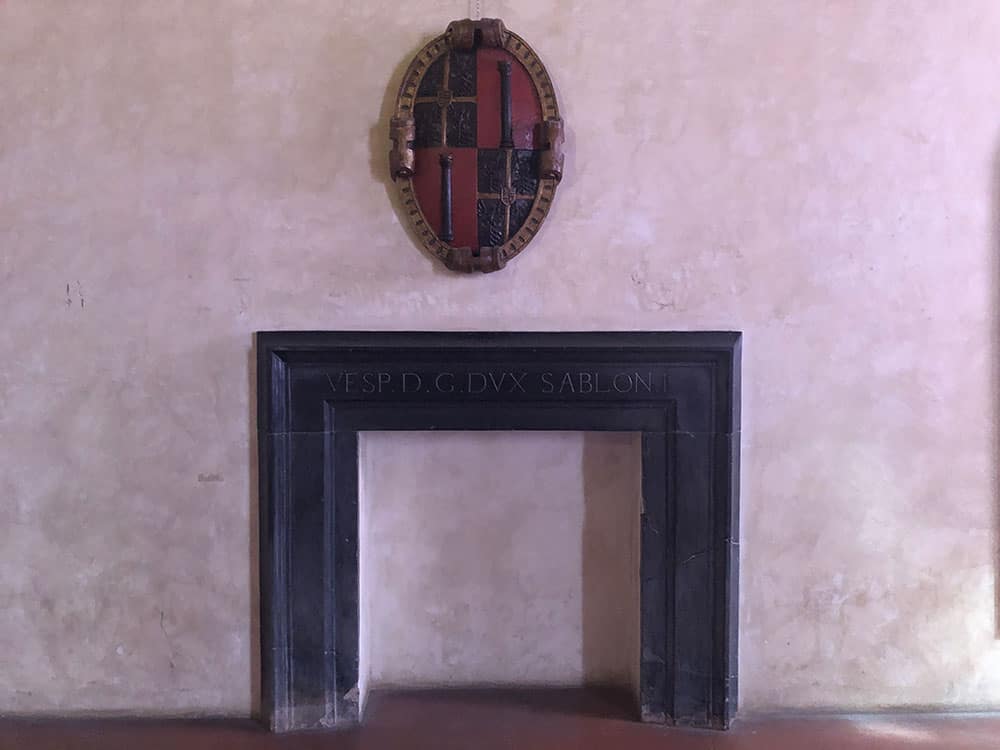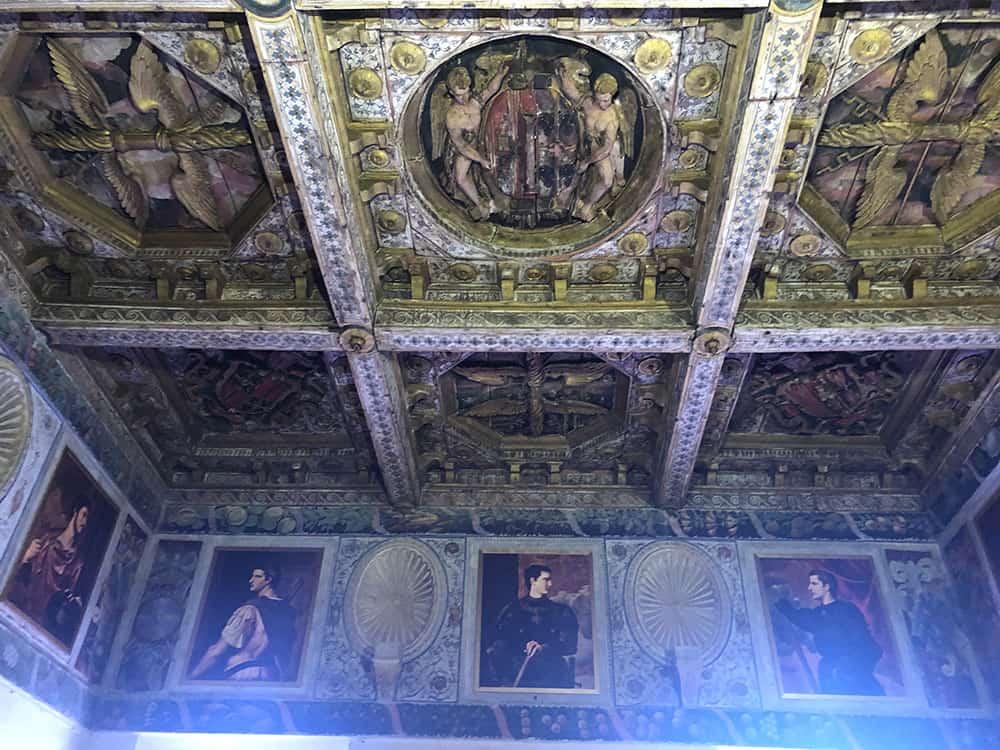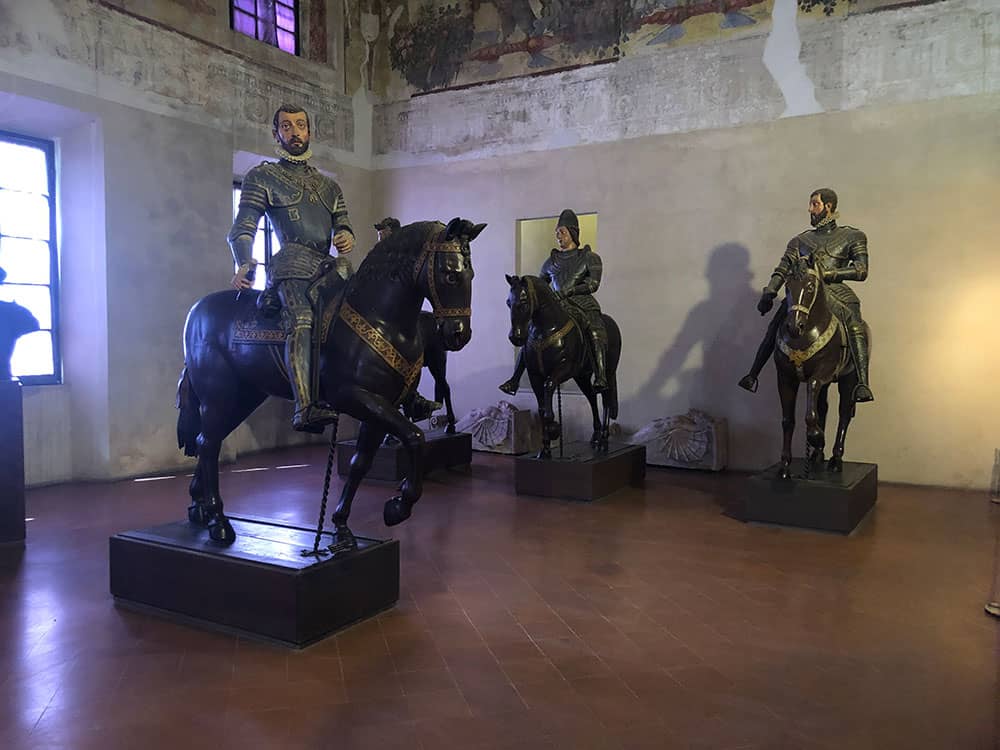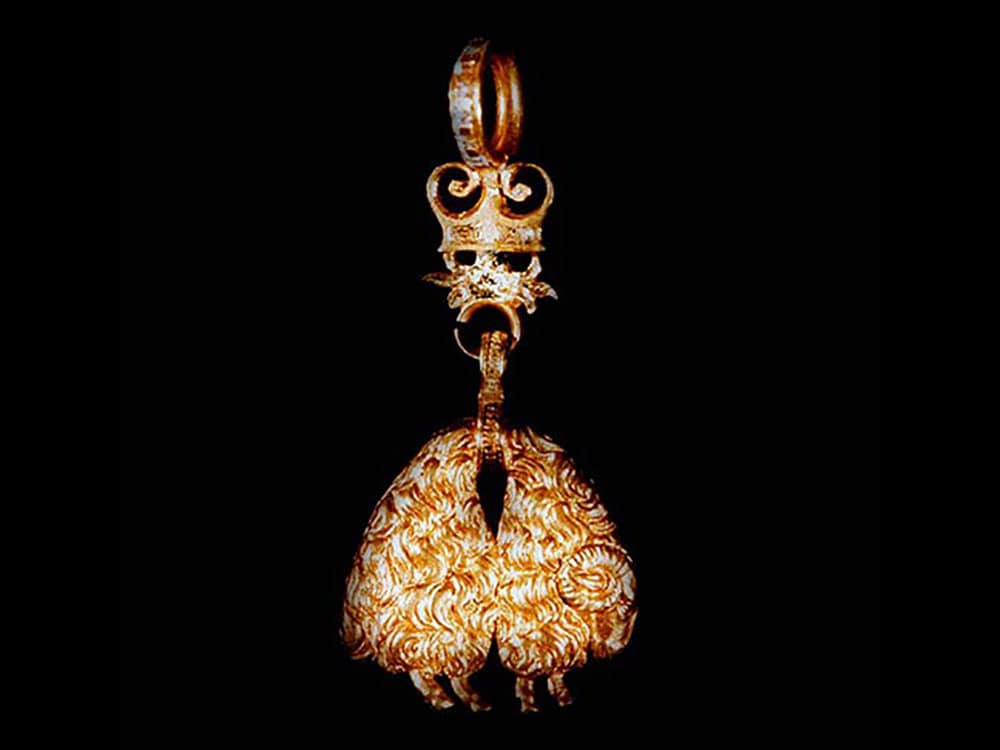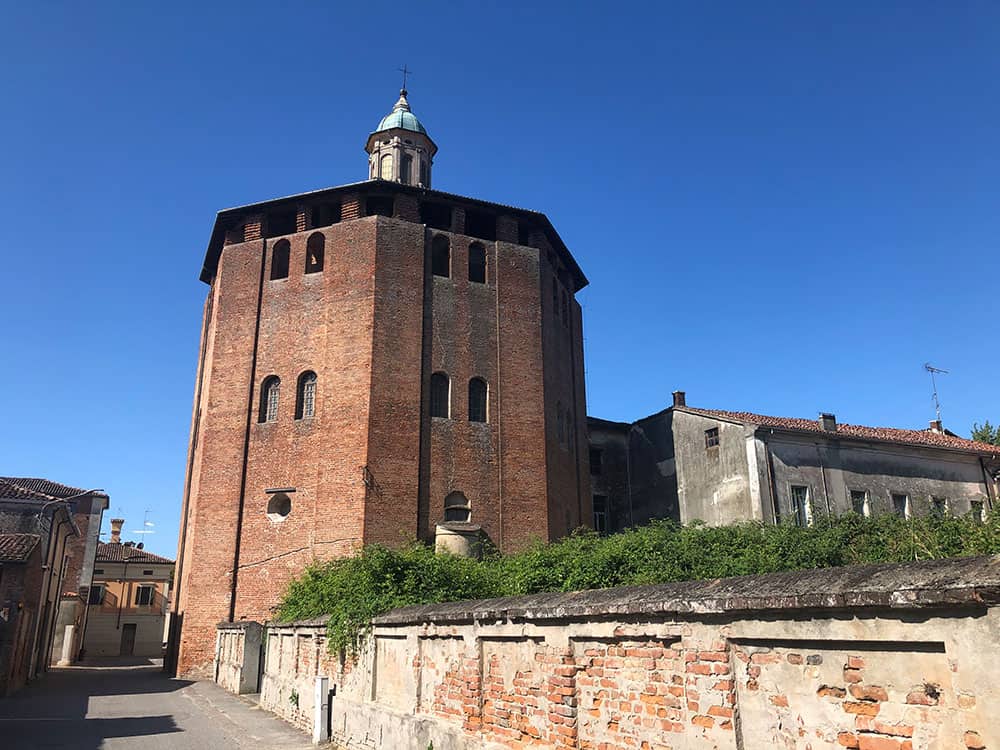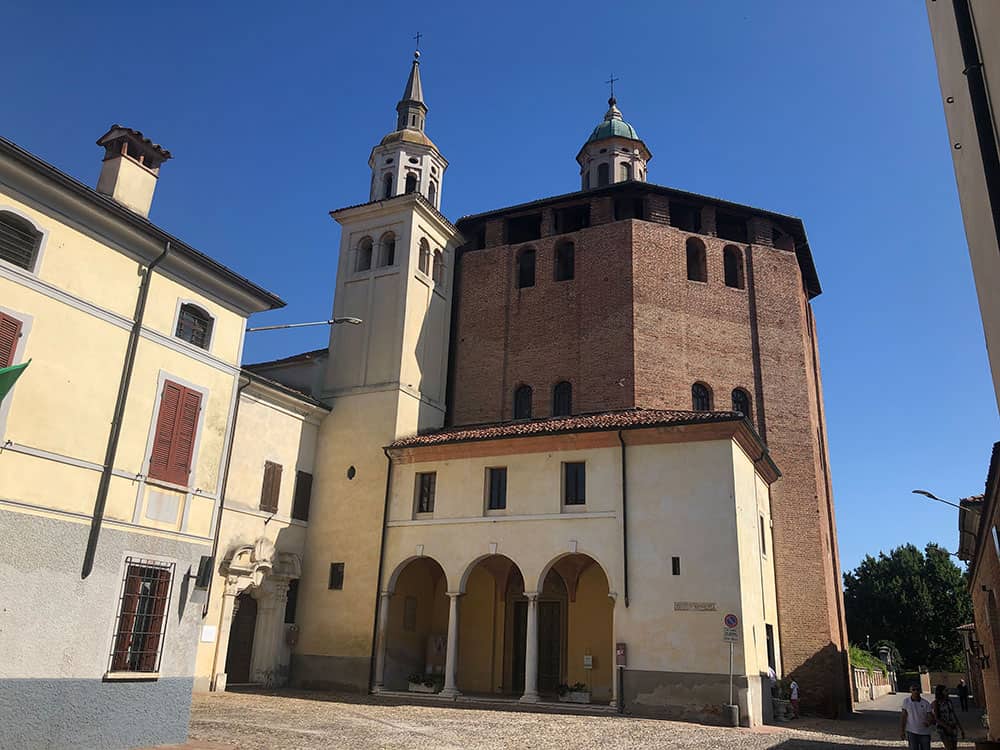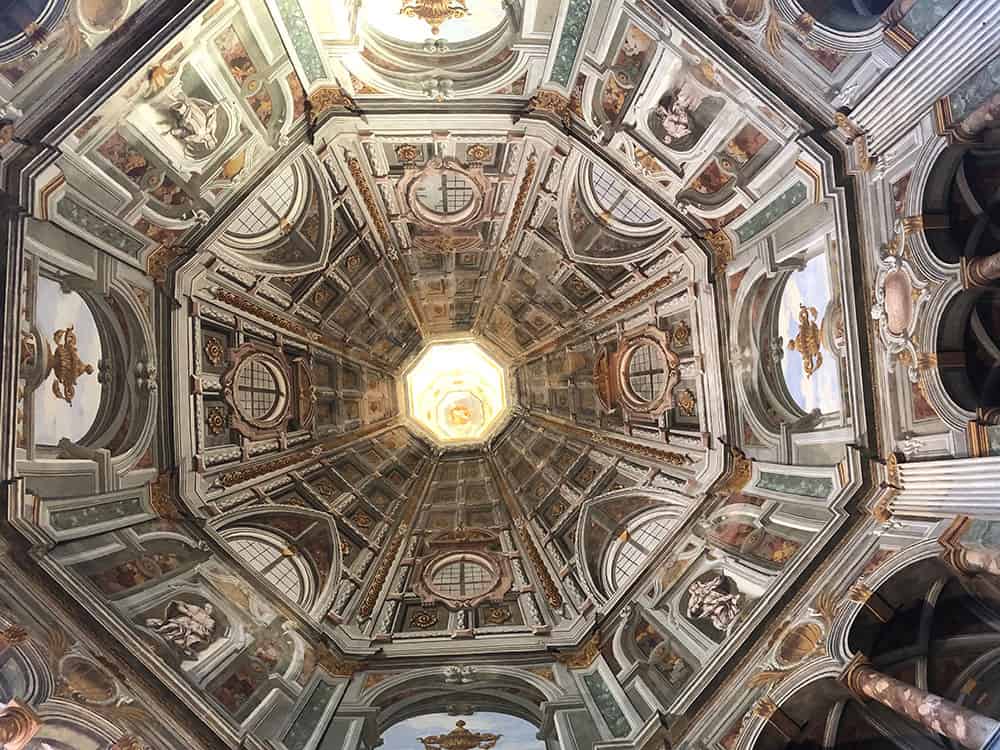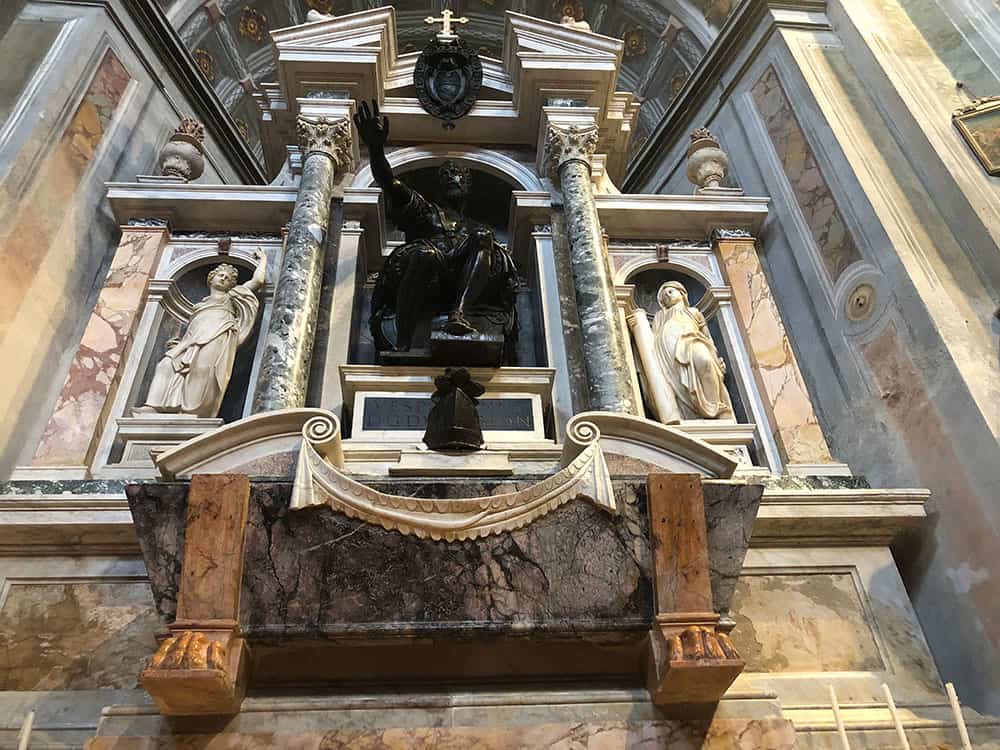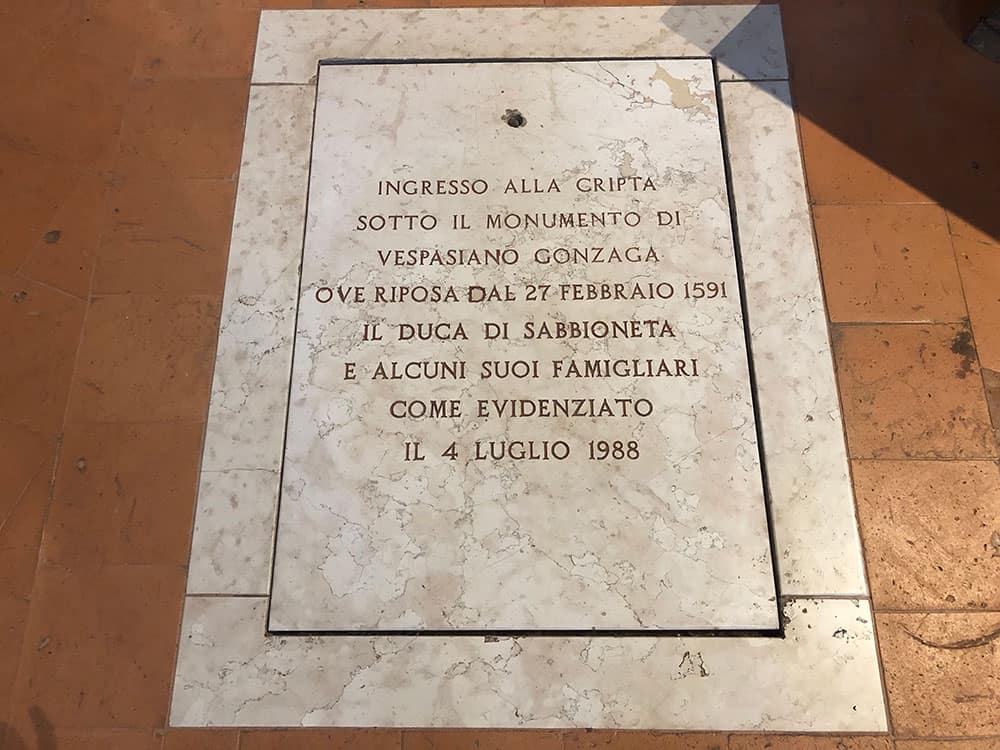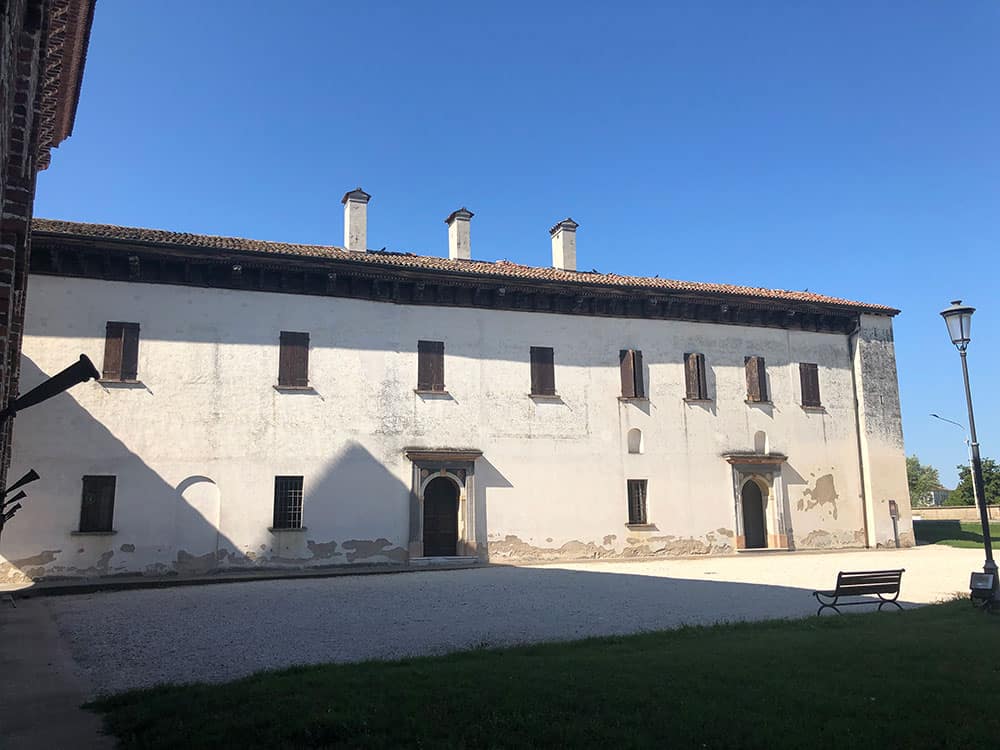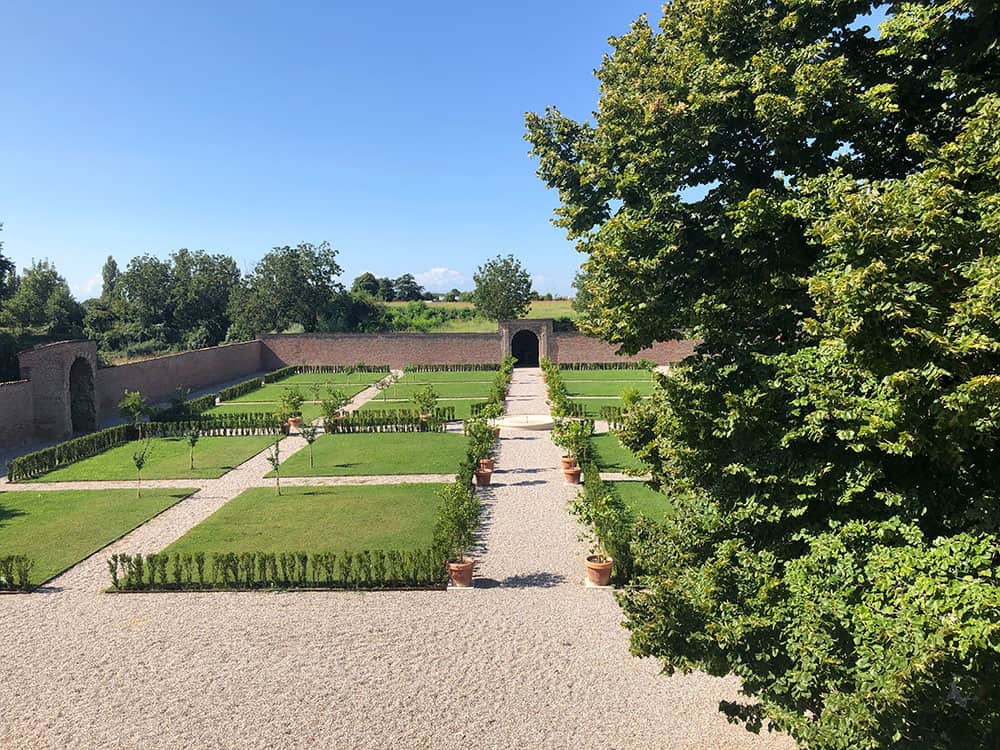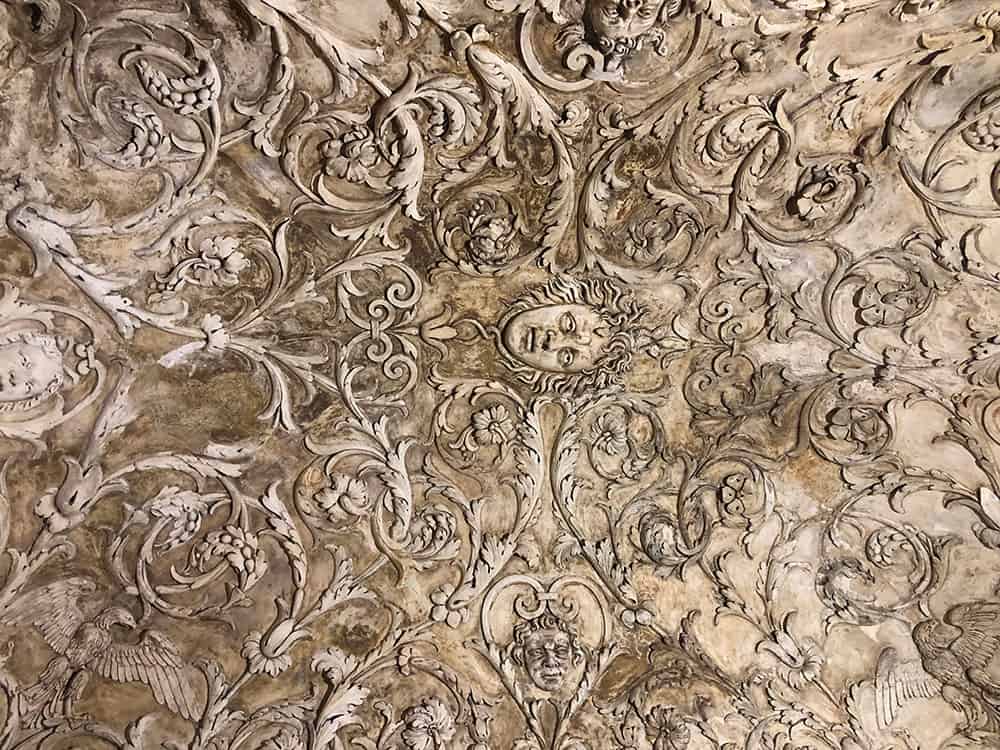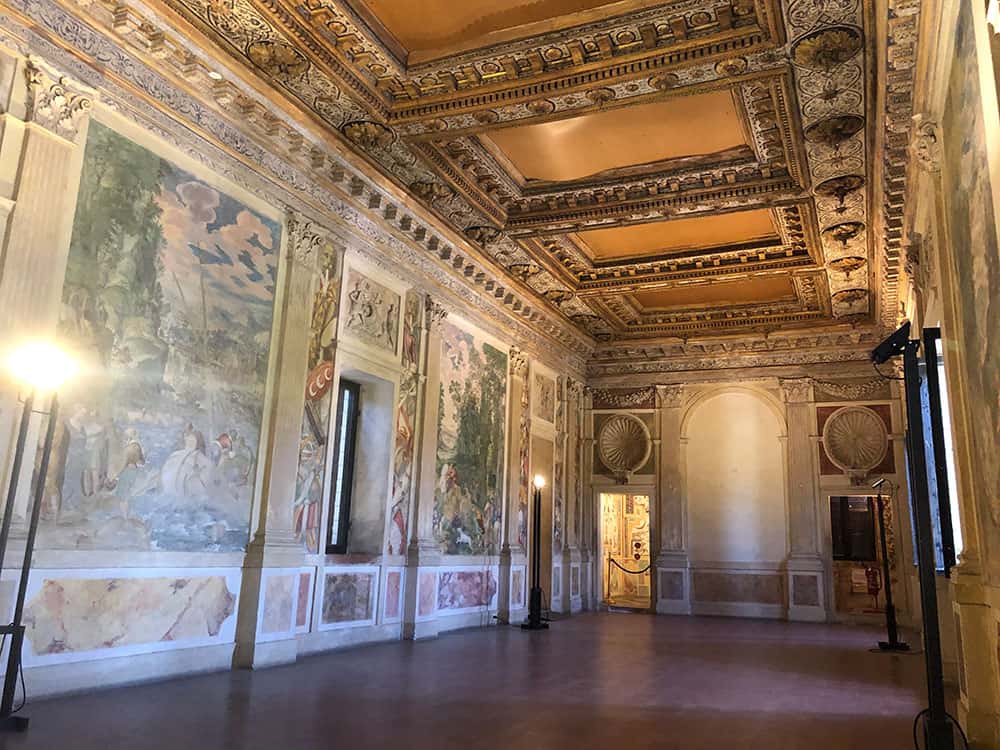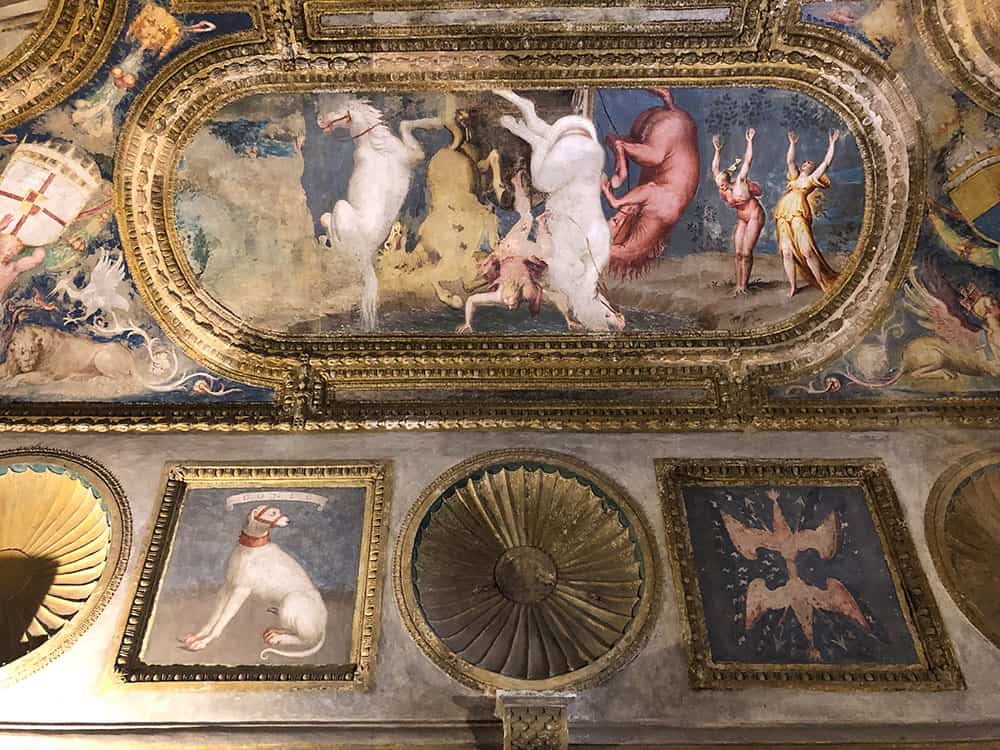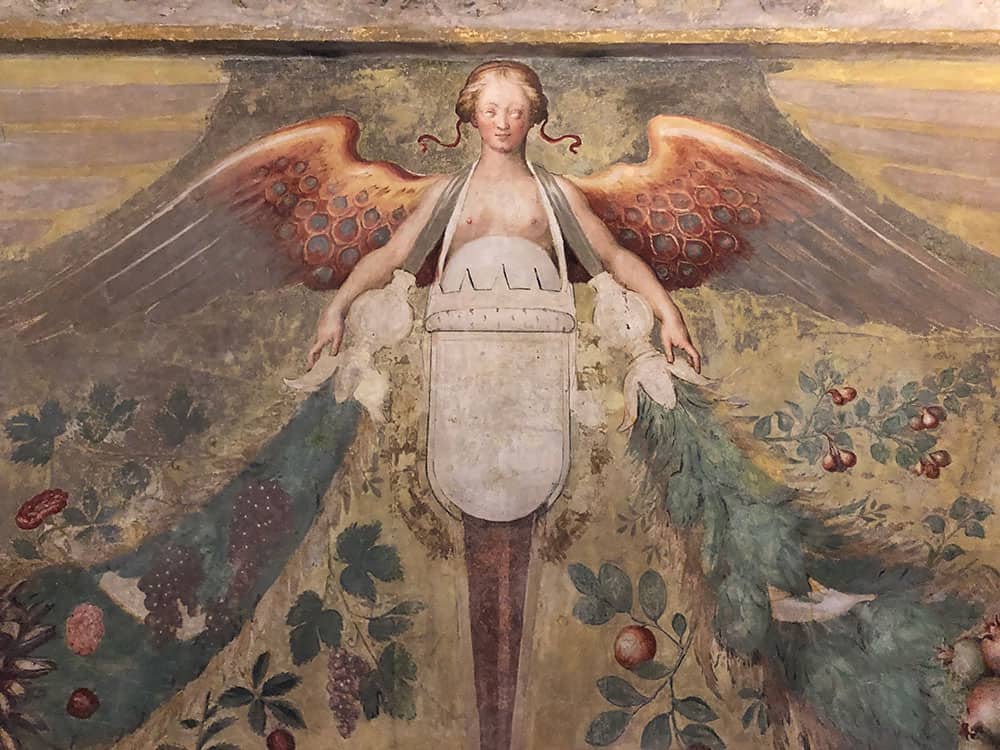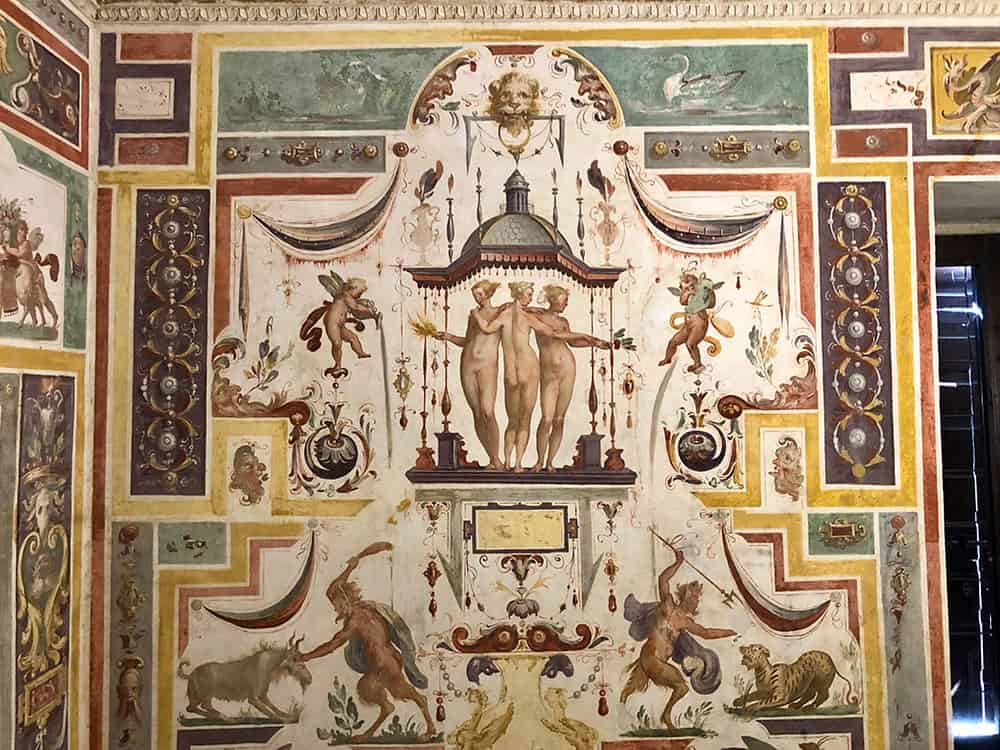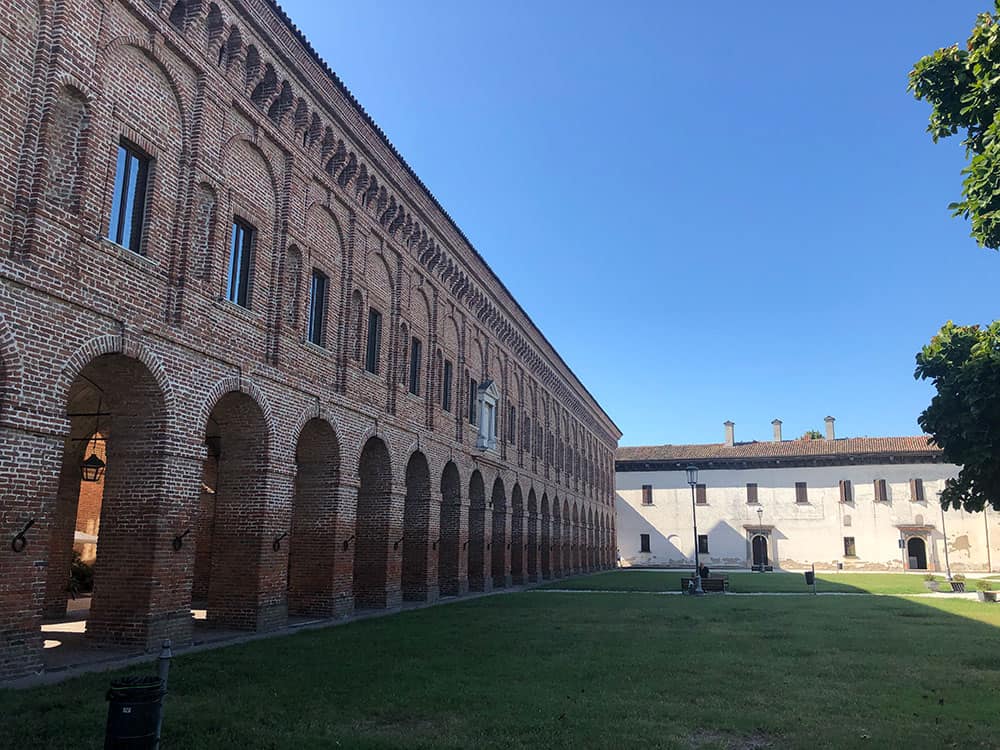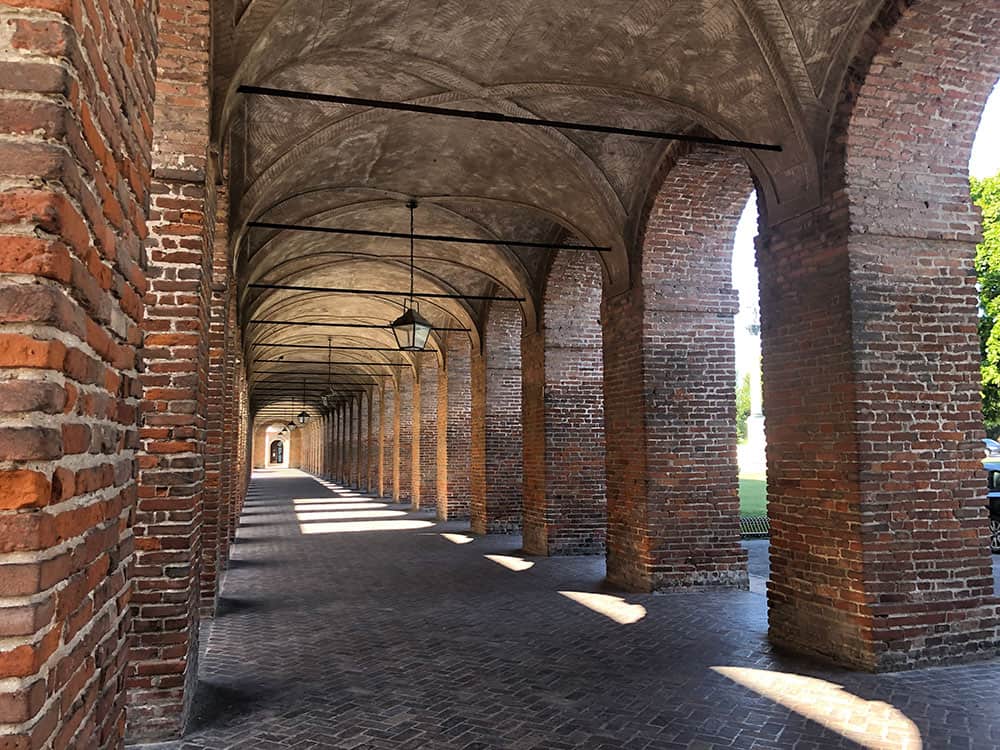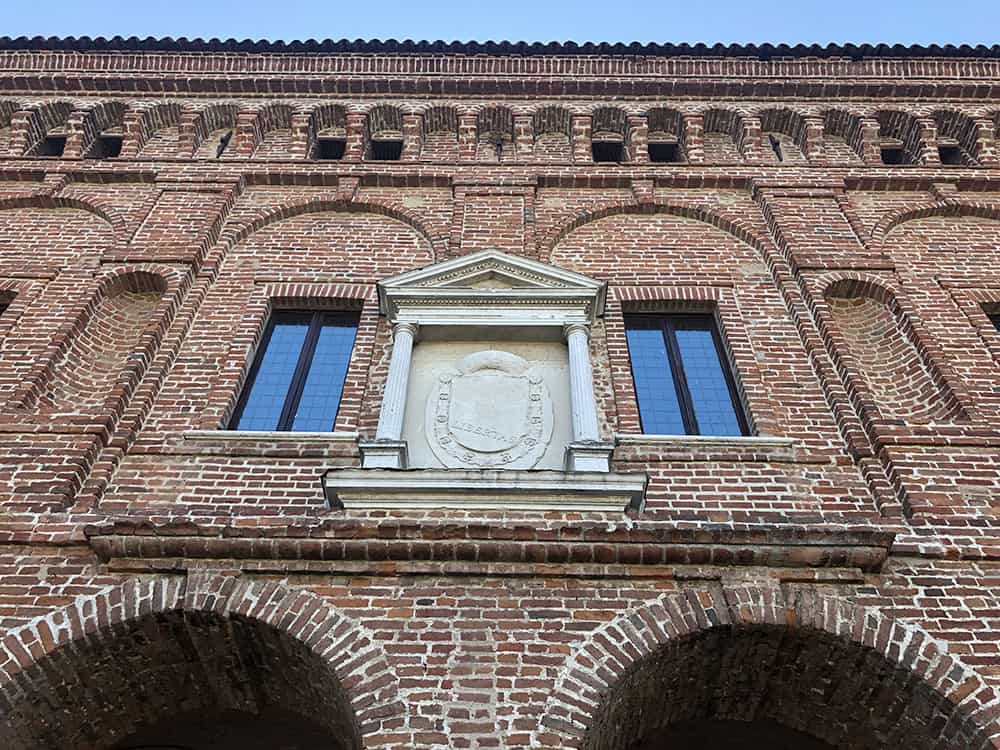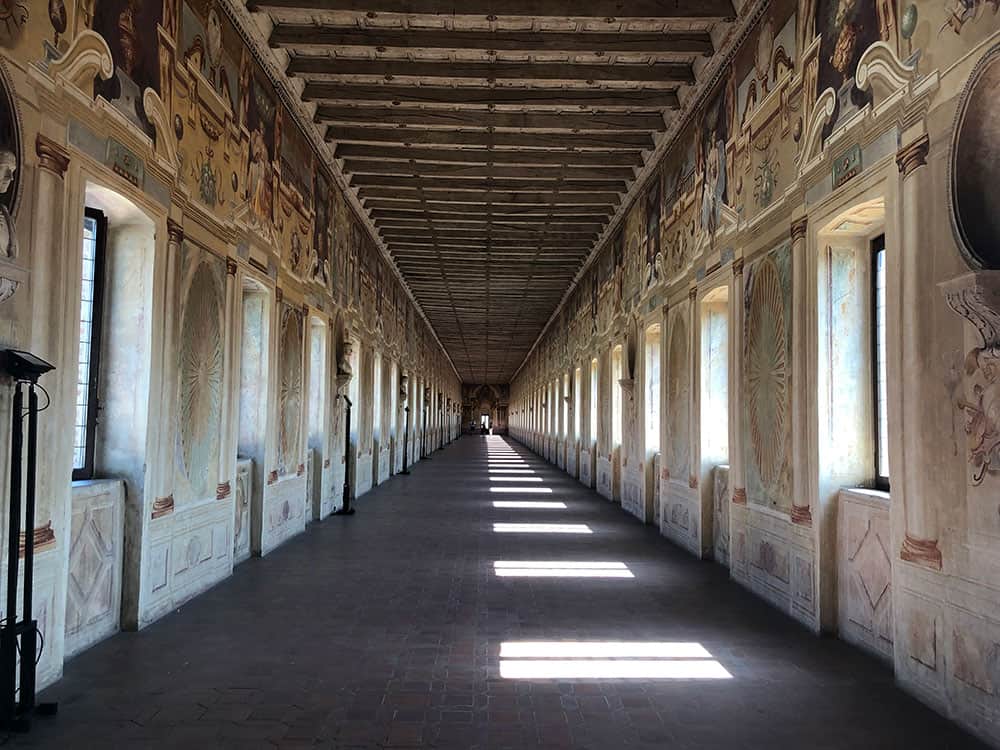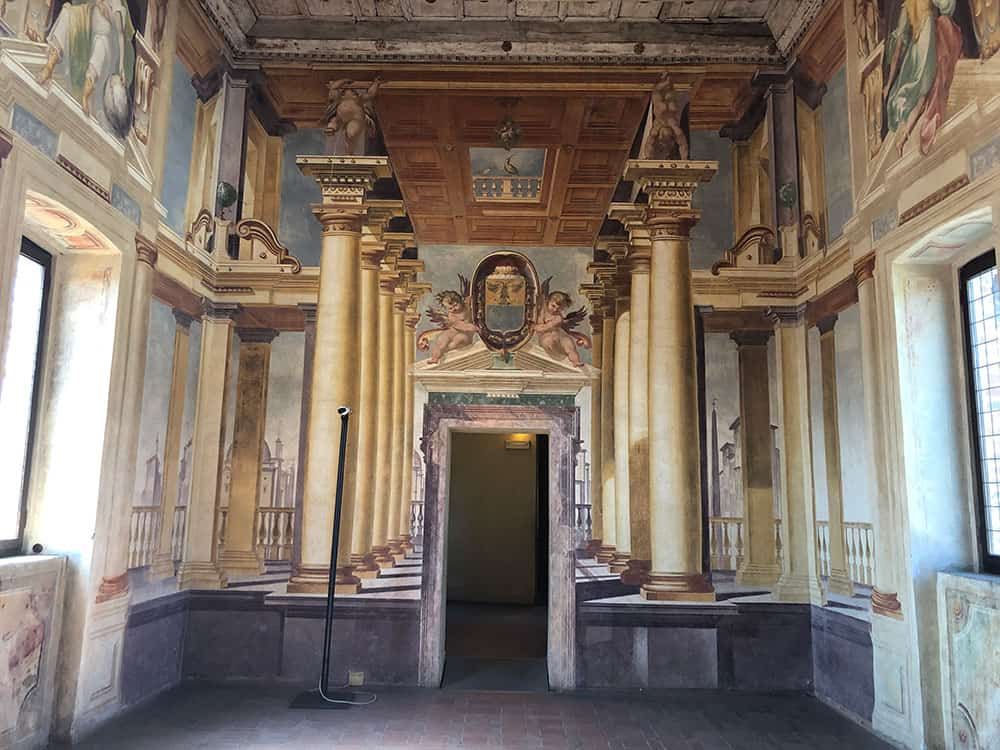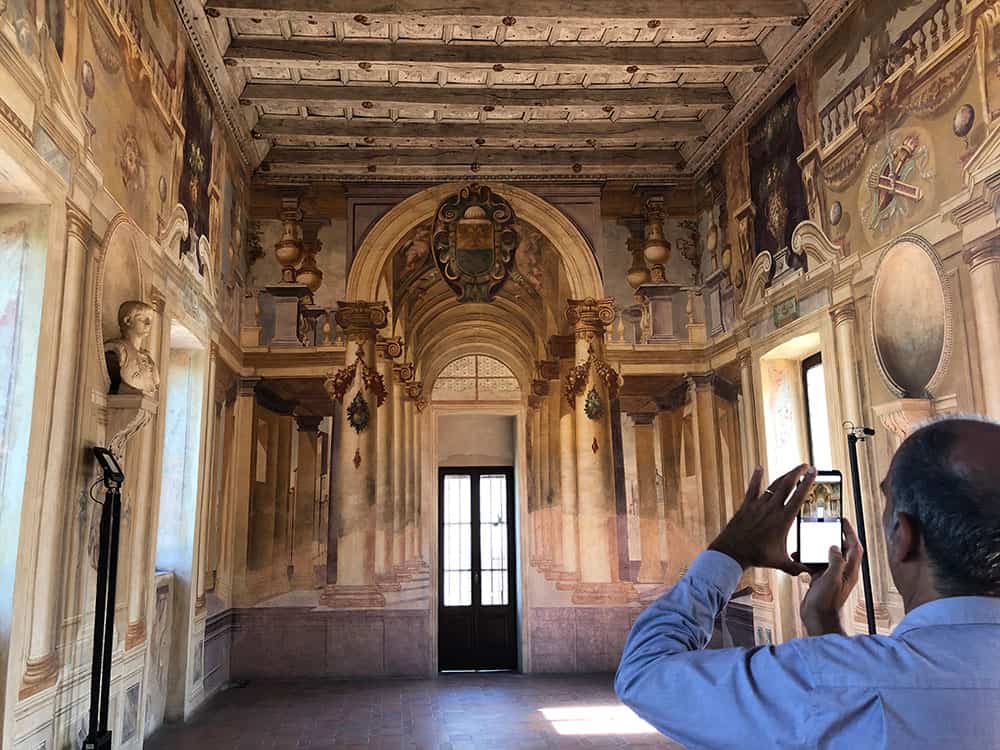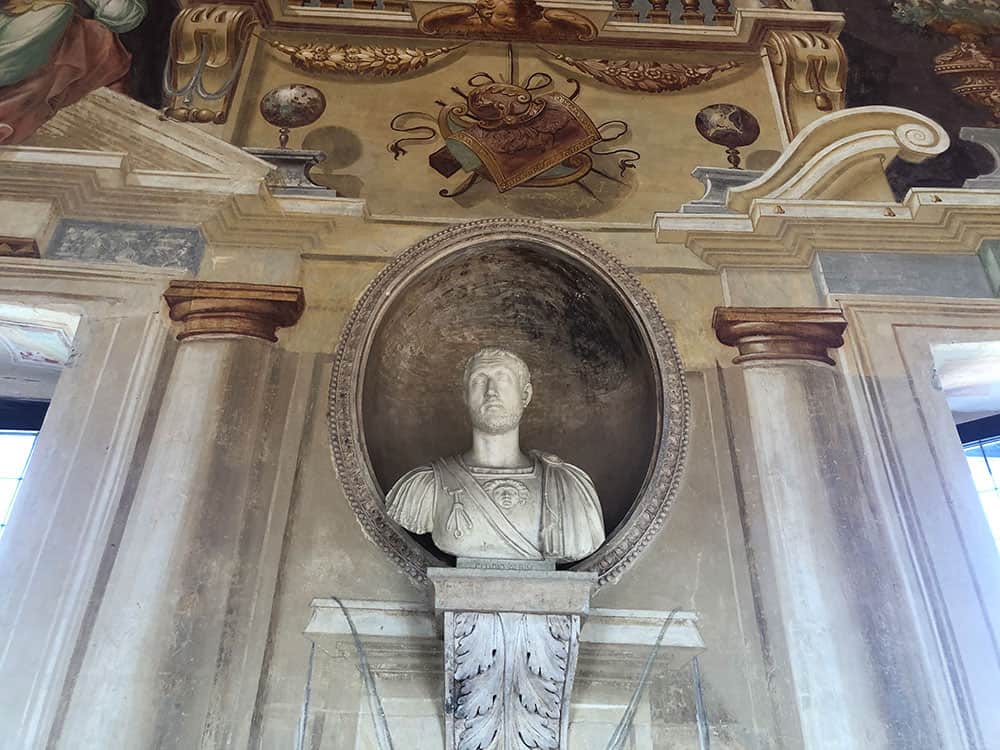Last week I decided to go back to a place I saw years ago and show my husband Nazim another jewel from my treasure chest: Sabbioneta the ideal town that Vespasiano Gonzaga built from scratch between 1569 and 1591 in the province of Mantua, half way between Mantua and Parma (the two cities are both roughly 30 Km away)
We visited Sabbioneta the day after Ferrragosto (August 15th), a national holiday when practically everything in Italy is closed for the summer holidays and everyone has gone somewhere else, leaving us an evacuated town, immersed in almost absolute silence.
The blue sky, the closed shutters, the deserted streets, the long summer shadows, increased the metaphysical aspect of this provincial town, studied by its founder in every single detail, including as a precious stone in its intact fortified walls.
The whole region offers many interesting places but Sabbioneta talks about the Renaissance, its utopia and the Gonzaga family in a very special way.
In this place, Vespasiano Gonzaga Colonna (who died in Sabbioneta in 1591) created a unique city from many points of view: for urban modernization, for its palaces, for its social interweaving and the greatness of its lineage. Every building, every layout of streets, each bastion talks about the culture and grandeur of its prince with architectural precision.
The Gonzagas of Mantua were important politicians, landowners, and patrons: the members of this powerful family have covered, in the course of history, a fundamental political and cultural role. They were one of the most famous families, protagonists of Italian and European history from the fourteenth to the eighteenth century. They ruled Mantua, first as lords, starting from 1328, then as Marquises and Dukes until 1707.
Luckily all the interesting sites (apart fron the Teatro all’Antica) were open and we managed to shoot a video to show you.
Starting from the walls we immediately notice that the city plan looks like an intact star with six bastions on its tips and that among the two main entrances flows a median axis, basically imitating the decumanus,the ancient Roman settlement.
During the Renaissance, between the fifteenth and the sixteenth centuries, the theme of the city took on an important role, as a political place, the engine of economic dynamics and the scene of the power magnificence. For this reason, the princes promoted the arrangements and expansions of their urban centers, according to renewed criteria of order and functionality.
Florence, Pienza, Urbino, Mantova, Ferrara embellish themselves following the perfect measuring forms of architectural Humanism.
As proof of this, we can say that the construction of the city wanted by Vespasiano Gonzaga was planned according to the proportions and the ideal of harmony symbolized by Leonardo da Vinci’s Vitruvian man.
But the Prince’s vision was not limited to a simple urban creation.
Being a proper State, inside Sabbioneta no one, not even the Pope, could interfere. In this period the rest of the country was scourged by the Inquisition but Sabbioneta was immune from this phenomenon: outside its walls, religious and power wars were blasting while peace and well-being reigned within the town.
The settlement favored by the Duke of a populous Jewish community shows that the city created by Vespasiano Gonzaga was a multi-ethnic environment:
still today you can visit the nineteenth-century synagogue rebuilt on a smaller previous one, not far from the ducal square.
Vespasiano was a man of culture, a scholar as well as a man of arms, with a profound faith in the power of knowledge and therefore he founded a school for those unable to pay for their studies and a printing press from which more than 150 volumes were published.
All these texts disappeared with the death of Vespasiano and with the arrival into Sabbioneta of Diego de Espinosa, the intransigent and violent Spanish inquisitor, who burned all those volumes.
In this beautiful town, some buildings need to be explored and we suggest you start from Piazza Ducale that was the Lord’s and the citizens’ public life center, the market place and therefore the most important hub for commerce and exchanges.
At the center of the square is positioned Palazzo Ducale, the oldest building commissioned by Vespasiano Gonzaga which the Duke used both as a representative office and as a private residence.
If you climb the stairs of this beautiful building you will find yourself in front of a wooden equestrian statue representing Vespasiano. The whole Palace is worth the visit but this will be your first encounter with the Duke himself.
The statue in natural size depicts Vespasiano wearing a parade armor and the famous collar of the Toson d´Oro chivalric order, a very precious knightly honor which I will mention below.
The second monument not to be missed is the Church of the Incoronata, an octagonal building rebuilt by Vespasiano on an existing church dedicated to San Nicolò whose feast day falls on December 6th, the date of birth of the Duke (and this can only please me because it makes of Vespasiano a Sagittarius just like me!)
The centerpiece of the church is the monument-mausoleum dedicated to Vespasiano Gonzaga, where we meet the Duke again: here a bronze sitting statue (a splendid work by Leone Leoni), recalls the equestrian statue of Marcus Aurelius Capitolino. Once located in front of the ducal palace, now it stands at the center of its sumptuous funeral mausoleum.
Santa Maria dell’Incoronata was the Gonzagas’ Palatine chapel and on July 4th, 1988, during the renovation of the church, a hypogeum beneath the floor revealed the location in which the ducal family had been buried.
Most of the funerary equipment had been lost due to the humidity but on the skeleton of the prince, there was, intact, a small golden pendant. It was the Toson d’Oro, the prestigious symbol of the most powerful knightly organization in the world at the time.
History tells us that this Honorable Award was conferred by the Asburgo family as a sign of great recognition with the constraint that the jewel had to be returned after the knight’s death. Instead, the Toson d’Oro was put on the Duke’s body during his burial and was never returned to the Imperial House.
From a symbolic point of view, the sheep represents innocence and gold is a symbol of spirituality: integrity, reliability, and fidelity the fundamental prerogatives of a knight. I like to think that his faithful servants didn’t want to take away from his neck the testimony of his high lineage.
We were informed that the jewel now in held inside the Treasure Museum and of course we went to see it: even if can’t be considered an impressing piece of jewelry, it has such an interesting story that it was well worth the entrance ticket.
Next step was the Teatro all’Antica which was our biggest disappointment: wrapped up like a Christo installation it is currently undergoing a major renovation and closed to the public.
Just for you to know what you are missing, this structure is the first example of a stable theater in Europe, with many interesting innovations like the autonomous façade, the diversified entrance system, the inclined orchestra along with a backstage equipped with dressing rooms for comedians and musicians.
I don’t want to spoil the surprise: as I said before I visited this incredible site years ago and I promise we will come back to Sabbioneta as soon as the restoration will be over to dedicated a whole article about it..(To be continued)
Finally we reached the more private building wanted by Vespasiano: il Palazzo Giardino and la Galleria degli Antichi, which are respectively the Palace where the Duke loved to invite his friends, retire to read and study connected to the gallery (also called Corridor Grande) where he exhibited his rich archaeological collection mainly consisting of Greek and Roman findings.
Our visit lasted a whole day, interrupted only by a quick picnic admiring the city walls from the outside. We left, as it often happens, with a veil of melancholy for this example of utopian perfection that has remained almost intact over four centuries but a thought comforts us: the promise we will return soon to tell you about the wonders packaged in its prestigious theater that Vespasiano, in the end, could enjoy for just one year.
If you plan on visiting here is a useful link and the map to the city
IATA Tourism Office
https://www.turismosabbioneta.org/it/
Sabbionetta
[socialWarfare]

